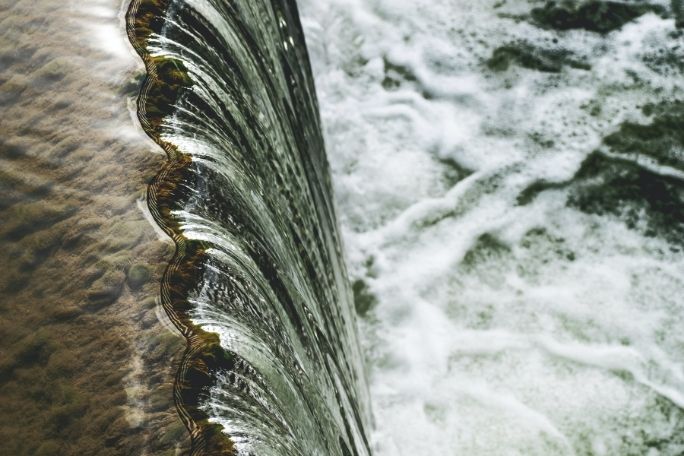Lesson summary
Students suggest what kind of actions different groups can do to address the issues concerning water use and stormwater pollution. They list the actions they as individuals, their school, a typical home, water company and politicians can do. In rural areas, farming activities can also be included.
Learning intentions:
Students will...
- describe solutions to less water consumption and stormwater pollution from a variety of perspectives.
- understand problems and solutions still relate back to working with the water cycle.
- understand even renewable resources have to be managed sustainably.
Lesson guides and printables
Curriculum links
Select your curriculum from the options below.
Lesson details
Curriculum mapping
Australian curriculum content descriptions:
Year 7 Science:
- Summarise data, from students’ own investigations and secondary sources, and use scientific understanding to identify relationships and draw conclusions (ACSIS145)
- Communicate ideas, findings and solutions to problems using scientific language and representations using digital technologies as appropriate (ACSIS148)
Year 7 English:
- Use comprehension strategies to interpret, analyse and synthesise ideas and information, critiquing ideas and issues from a variety of textual sources (ACELY1723)
Year 8 Science:
- Summarise data, from students’ own investigations and secondary sources, and use scientific understanding to identify relationships and draw conclusions (ACSIS130)
- Communicate ideas, findings and solutions to problems using scientific language and representations using digital technologies as appropriate (ACSIS133)
Year 8 English:
- Use comprehension strategies to interpret and evaluate texts by reflecting on the validity of content and the credibility of sources, including finding evidence in the text for the author’s point of view (ACELY1734)
Syllabus Outcomes: SC4-7WS, SC4-9WS, EN4-2A.
Indoor or outdoor activity: Indoor
Time required: 30 mins
Level of teacher scaffolding: Keep activity oopen-ended bring students ideas together at the end of the activity.
Resources required
- Internet access
Additional info
This is an original Cool.org lesson. Facts and figures in these lessons may have changed since this lesson was published. We always endeavour to update our resources in a timely manner, but if you see an error or issue in our resources please get in touch with us.


Welcome back!
Don't have an account yet?
Log in with:
Create your free Cool.org account.
Many of our resources are free, with an option to upgrade to Cool+ for premium content.
Already have an account?
Sign up with:
By signing up you accept Cool.org's Terms and Conditions(Opens in new tab) and Privacy Policy(Opens in new tab).